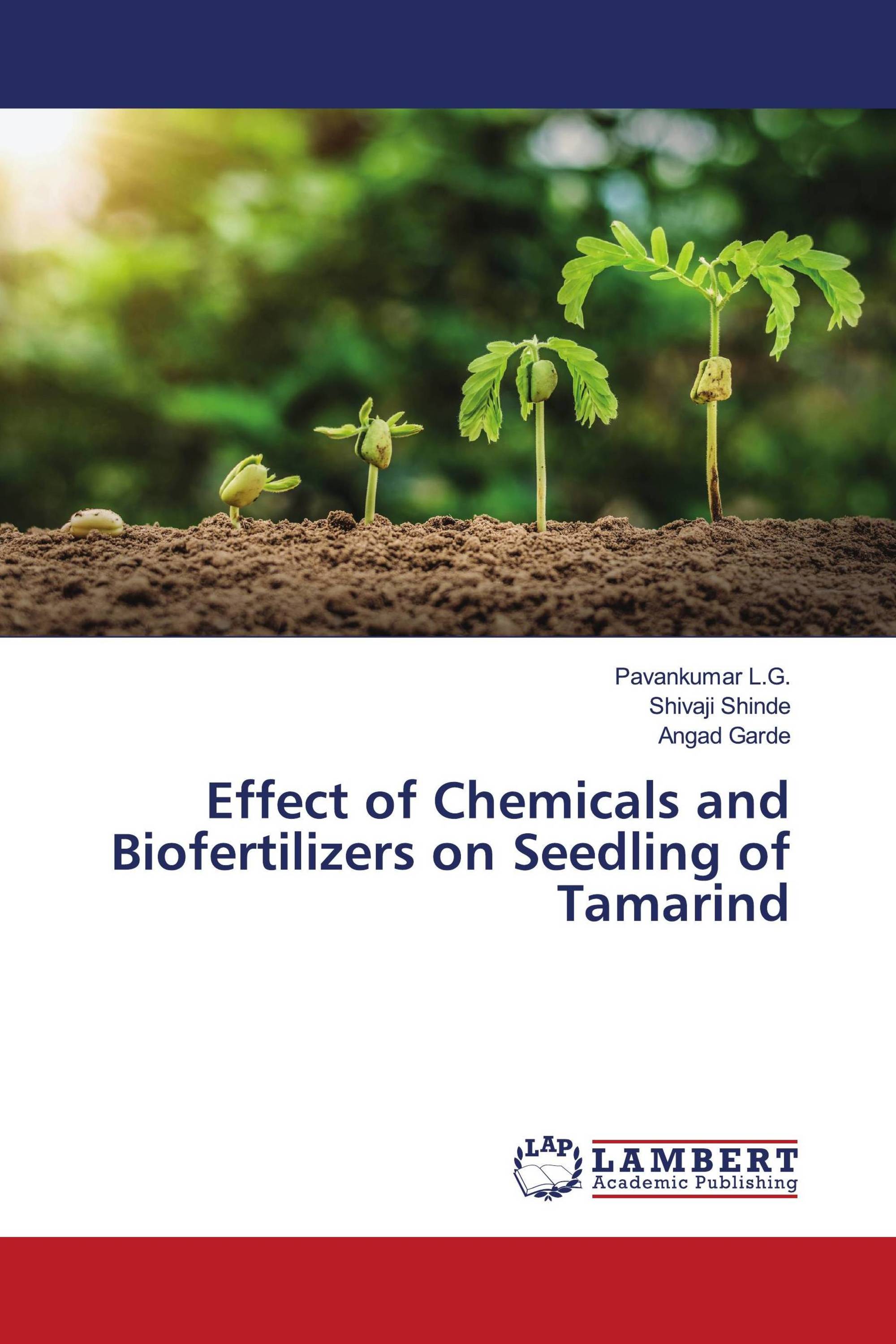Effect of Chemicals and Biofertilizers on Seedling of Tamarind
LAP Lambert Academic Publishing ( 2021-09-23 )
€ 54,90
Tamarind (Tamarindus indica L.) is most important multipurpose tropical fruit crop. It is a large evergreen tree with beautiful spreading habit with dense foliage and cultivated throughout the India except Himalayan region and western dry regions. The main disadvantage of seed propagation is freshly harvested seeds of tamarind exhibit poor germination percentage even it exposed to favorable conditions of germination due to seed dormancy. It might be due to morphological factor such as hard, thick testa or due to improper storage and handling (secondary dormancy). To overcome this problem, seeds may require special treatments like stratification, soaking in water, scarification, plant growth regulators, biofertilizers etc. Pre-sowing seed treatment with chemicals like GA3, KNO3, NAA and thiourea and biofertilizers like Azotobacter, Azospirillum, Phosphate Solubilizing Bacteria (PSB) and Vesicular Arbuscular Mycorrhiza fungi (VAM) improve the seed germination and seedling growth through producing several growth regulators substances like Indole Acetic Acid (IAA), Gibberellic Acid (GA) and vitamins besides fixation of atmospheric nitrogen.
Book Details: |
|
|
ISBN-13: |
978-620-4-20672-1 |
|
ISBN-10: |
6204206729 |
|
EAN: |
9786204206721 |
|
Book language: |
English |
|
By (author) : |
Pavankumar L.G. |
|
Number of pages: |
104 |
|
Published on: |
2021-09-23 |
|
Category: |
Agriculture, horticulture, forestry, fishery, nutrition |




